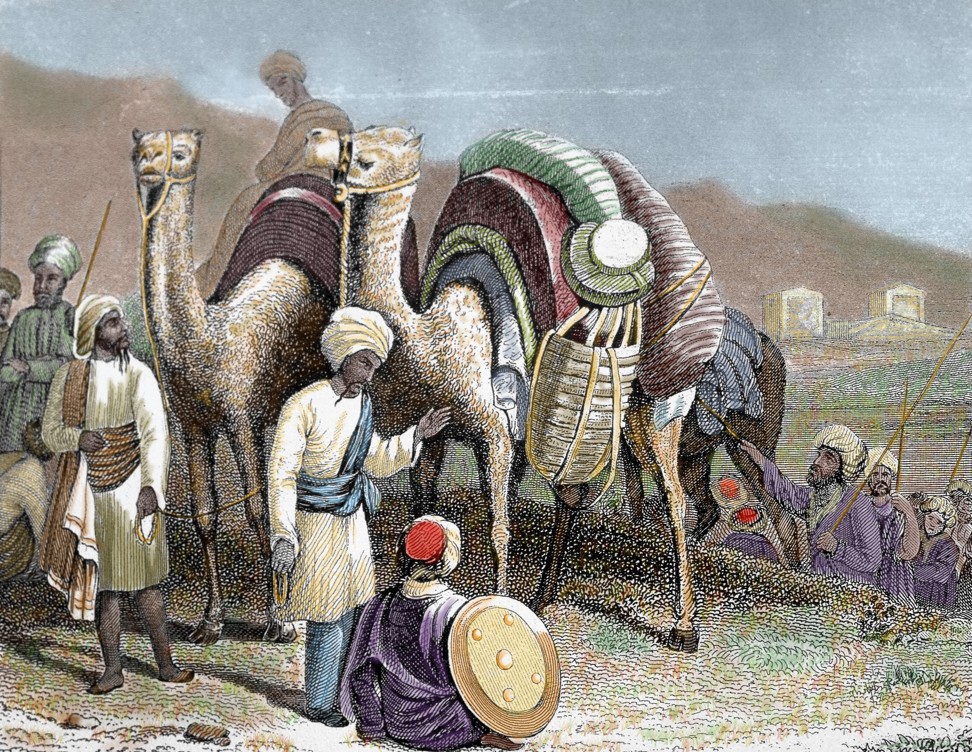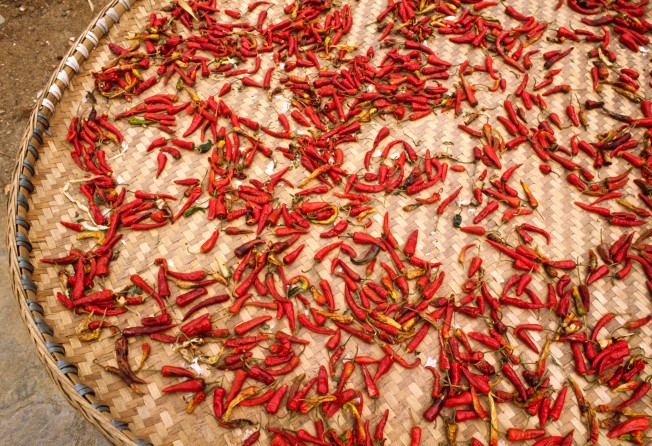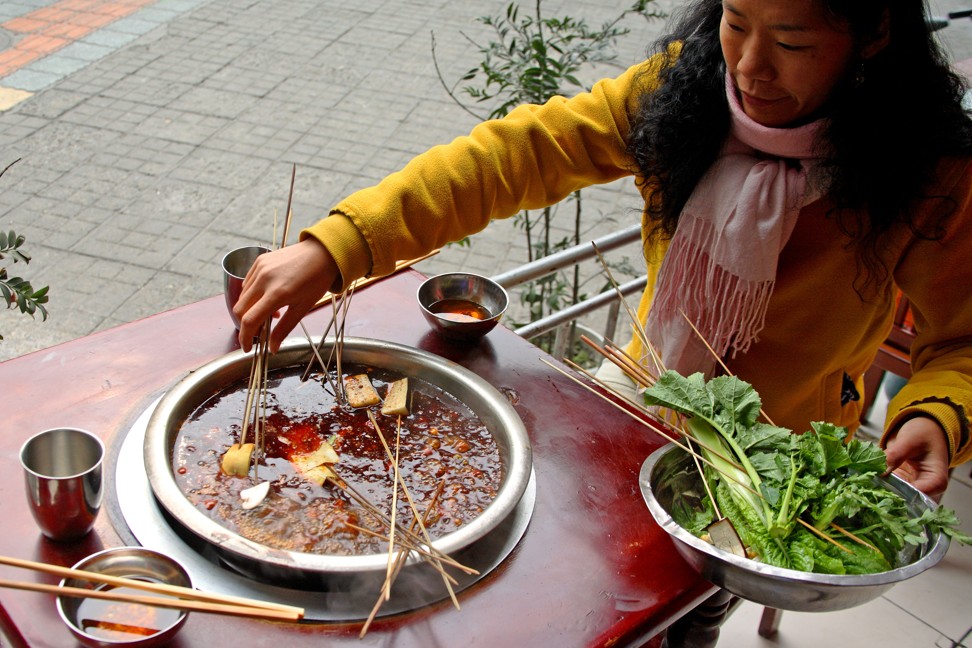
How Asians embraced the chilli pepper
Brought from the Americas by Europeans, the spread of the chilli plant was slow but by the 19th century it had conquered cuisines across the region

I spent the greater part of June in Seoul, where I bonded with Korean food in the most sublime way. I love the little plates of banchan that come with every meal (though I noticed that quantities have significantly reduced the past few times I visited). My favourite side dish is geotjeori, a salad that is sometimes referred to as freshly made, unfermented kimchi.
The chilli pepper is famously present in Korean cuisine to the point of near ubiquity, and yet the plant is not native to Asia.
It was the Europeans who brought the plant from its native Americas to the rest of the world. Before the late 15th and early 16th centuries, Asian palates were strangers to the heady piquancy of the chilli pepper.
It is difficult to imagine the cuisines of Thailand, Malaysia, Singapore and Korea – or the spicier Chinese culinary traditions of Sichuan and Hunan provinces – without fiery chilli peppers, either in their raw form or in pastes and sauces.

Chilli peppers reached China both by land, via the Silk Road, and by sea, carried on ships from Spain and Portugal.
The first record of chilli peppers in Chinese sources is in Eight Treatises on Following the Principles of Life, an encyclopaedia completed during the late Ming dynasty, in 1591. It describes the plant as having “white flowers and a fruit that resembles a blunt tip of a writing brush. It is spicy to the taste and red in colour. It looks very attractive”.
According to Categorized Collection of Trivial Matters from the Qing Period, a 1917 compilation of late Qing dynasty writings, people liked spicy foods in Hubei and Hunan in the late 19th century: “[They] will not move their chopsticks if there are no chilli peppers, which are in many of their soups as well.”
Writing in Records of Things Seen and Heard Travelling in Shu (Shu being the historical name of Sichuan), in the late Qing dynasty, Xu Xinyu noted that “when the people of Sichuan eat chilli peppers, they would choose the hottest ones; for every meal and every dish they eat, it had to be spicy”.

Given that chilli peppers arrived in China quite late in its history, and then took some time to gain popularity, it is remarkable how quickly they took overSichuan and Hunan cuisines. It is also curious why some groups took to chilli peppers in a big way, and others did not.
The level of tolerance for spicy foods between the Koreans and Japanese, practically next-door neighbours, could not be more different.
As I get older, my tolerance for chilli has declined. I still eat spicy food and I love the taste but the effect it has on my digestive system forces me to avoid the spiciest foods. Alas, my palate is willing but my guts are weak.